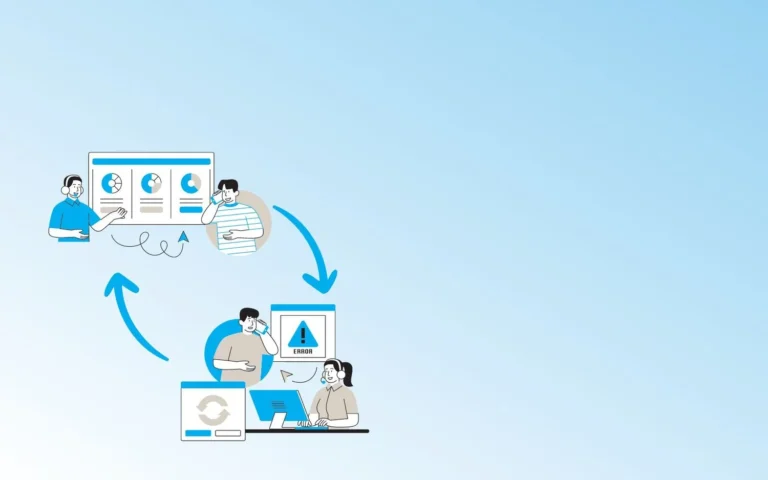Introduction
For many firms, switching to managed IT services may be transformative since it offers advantages including increased productivity, cost savings, and access to specialized knowledge. However, switching from an in-house IT team to a managed service provider (MSP) requires careful planning and execution. Companies such as CTS Mobility facilitate smooth transitions, ensuring businesses achieve their IT goals seamlessly. You will be guided through the necessary actions to ensure a seamless transition of your IT services by this guide.
Assess Your IT Needs
It is crucial to evaluate your needs and existing IT infrastructure before making any modifications. This entails assessing the benefits and drawbacks of your current setup and pinpointing areas in need of development. Forbes states that selecting the best MSP to meet your business needs will be made easier if you are aware of your IT requirements. To determine what needs to be managed, do a thorough audit of your network security, hardware, software, and user requirements.
Choosing the Right Provider
Making the right managed service provider choice is crucial to a seamless transition. Look for vendors who can tailor their services to fit your demands and who have a proven track record of accomplishment. According to Business News Daily, important factors include the provider’s expertise, range of services, customer support, and flexibility. Engage multiple providers in discussions, review their service level agreements (SLAs), and seek client references to make an informed decision.
Planning the Transition
Planning the transfer is the next step after choosing your MSP. This entails establishing precise objectives, due dates, and roles. Work together with your MSP to create a project plan that details every stage of the transition. Determine possible hazards and create plans for mitigating them. Good communication with all stakeholders is crucial to ensuring that everyone is aware of their roles and is in agreement at this phase.
Risk Management
Transitioning to managed IT services involves several risks, including data loss, service interruption, and compatibility issues. To address these concerns proactively, develop a risk management plan that includes data backup procedures, contingency plans, and regular progress reviews.
Training Your Staff
To ensure a seamless transfer, make sure your personnel is accustomed to the new IT environment. Organize thorough training sessions to acquaint them with the new procedures and systems. Promote candid feedback and open communication to quickly resolve any problems or challenges. A team with proper training will make the transition easier and help you get the most out of managed IT services.
Monitoring and Optimization
Following the shift, ongoing optimization and monitoring are crucial. Make sure your IT services and system performance are meeting your business goals by reviewing them on a regular basis. Work together with your MSP to pinpoint problem areas and make the required adjustments. User input and performance indicators are useful instruments in this continuous process.
Performance Metrics
- System uptime and reliability
- Response and resolution times for IT issues
- Cost savings and ROI
- User satisfaction and productivity
Conclusion
By carefully following these steps, you can ensure a smooth and successful transition to managed IT services. The benefits of such a move can be substantial, offering enhanced efficiency, reduced costs, and access to specialized expertise. Companies provide the support needed to navigate this transition effectively. Remember, the key to a successful switch is thorough planning, effective communication, and continuous optimization.
